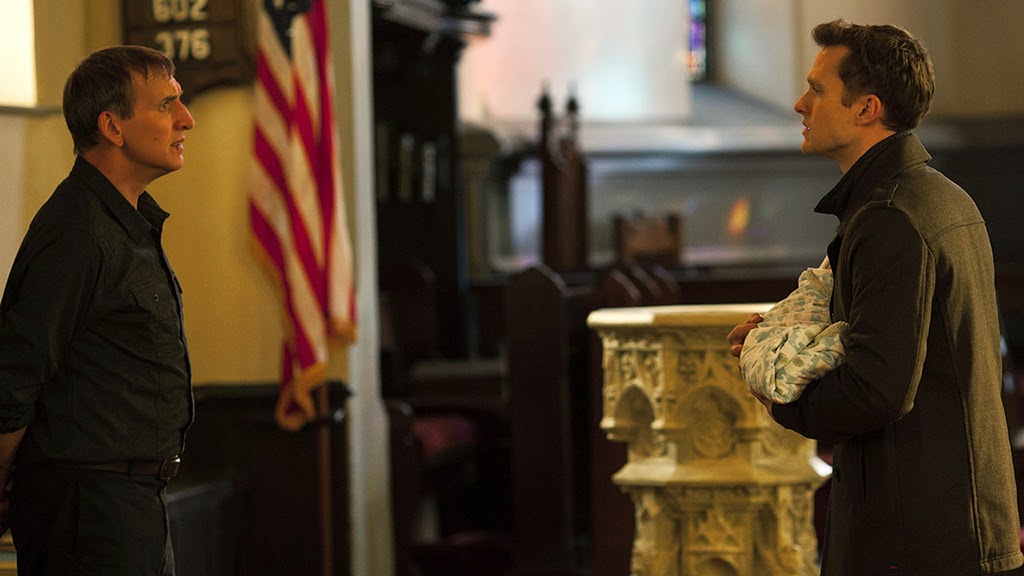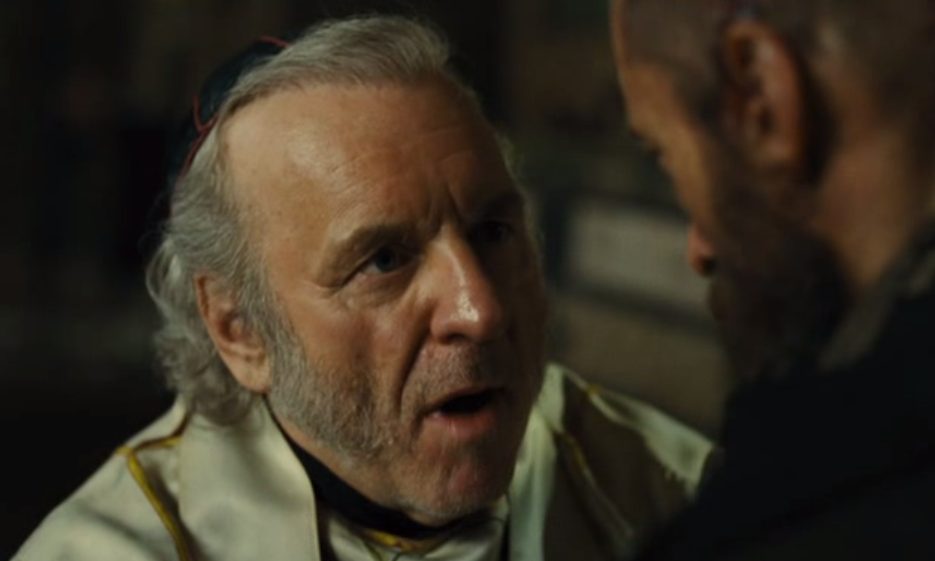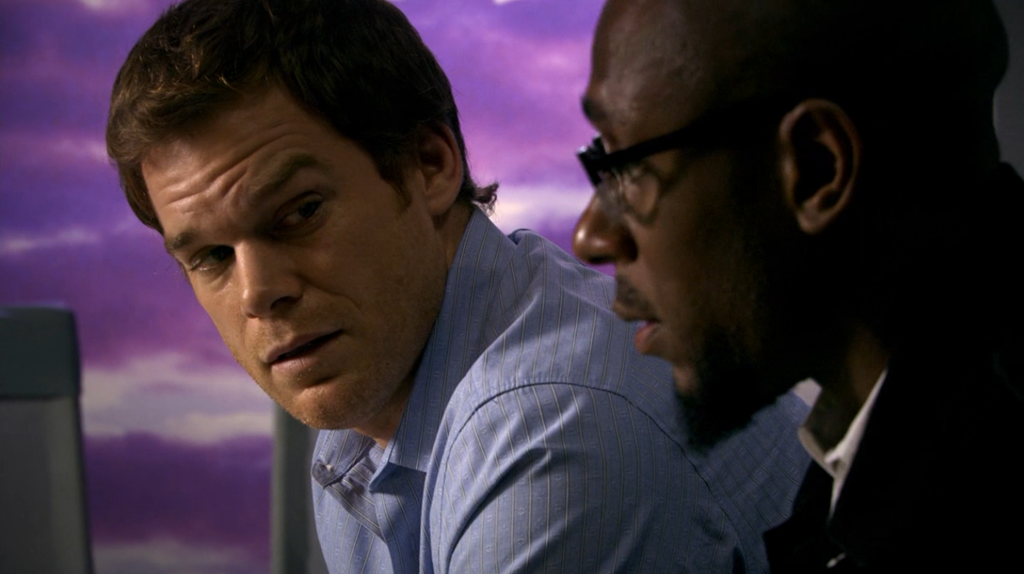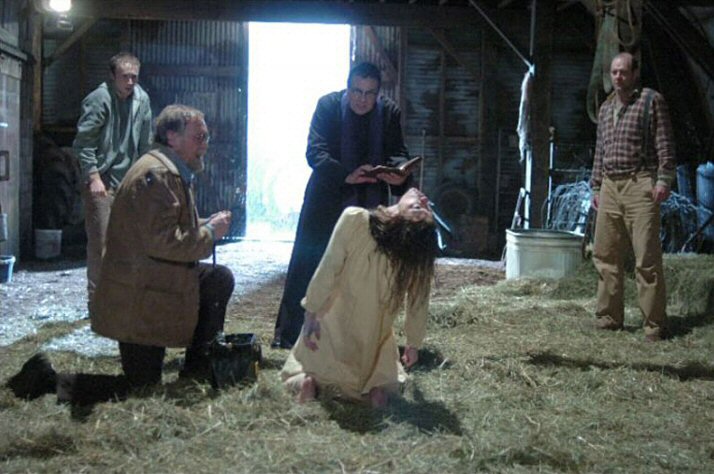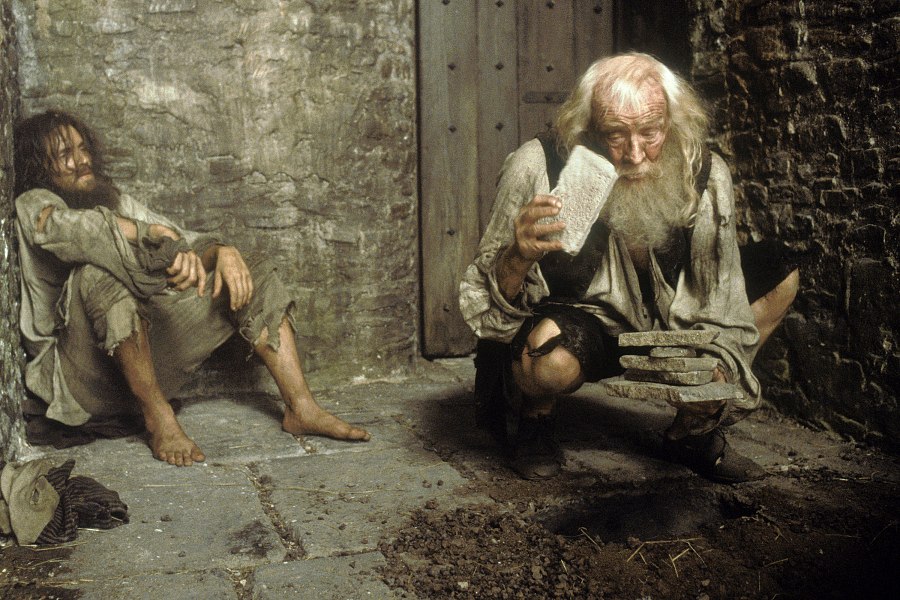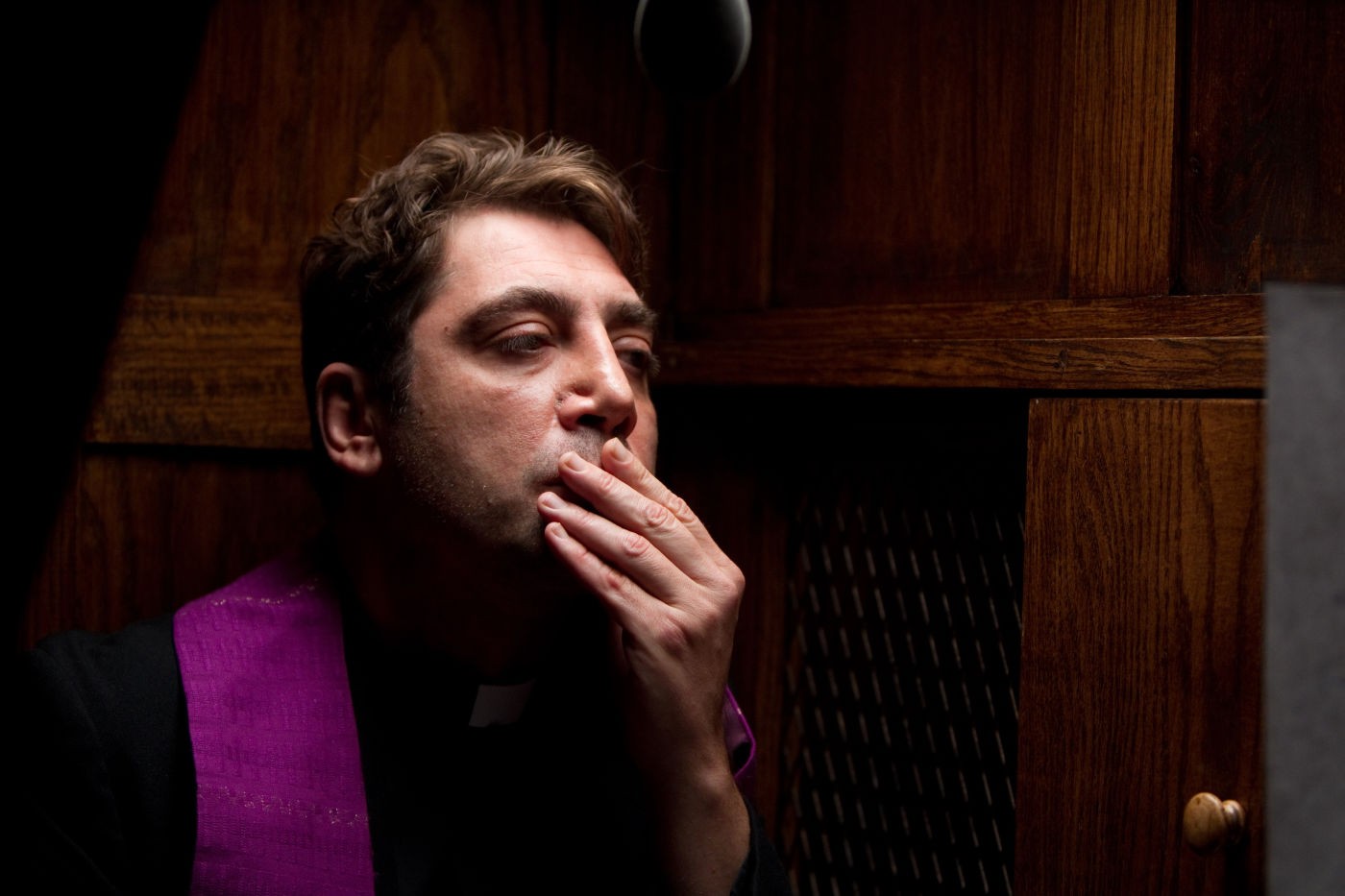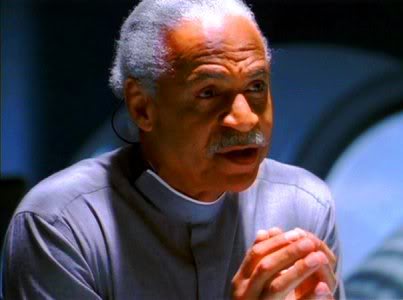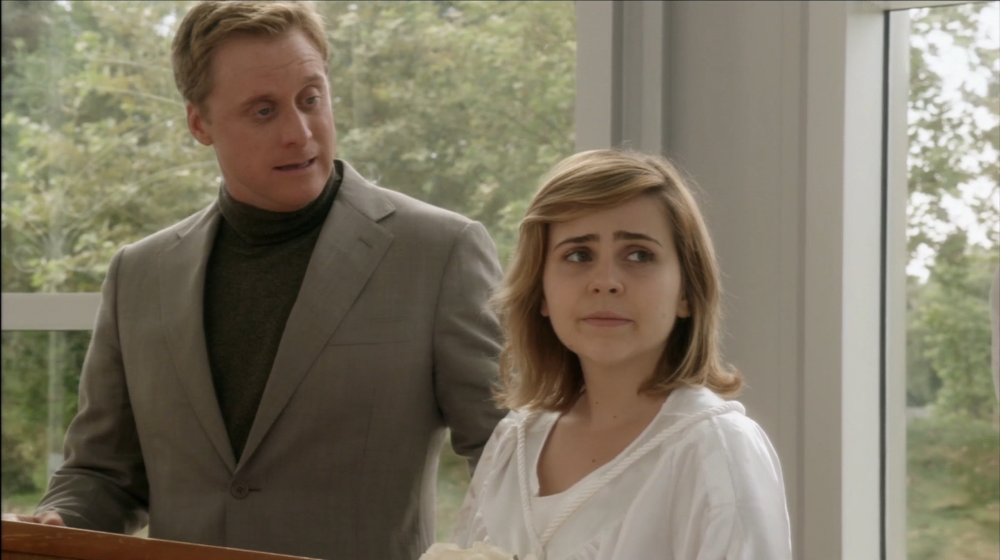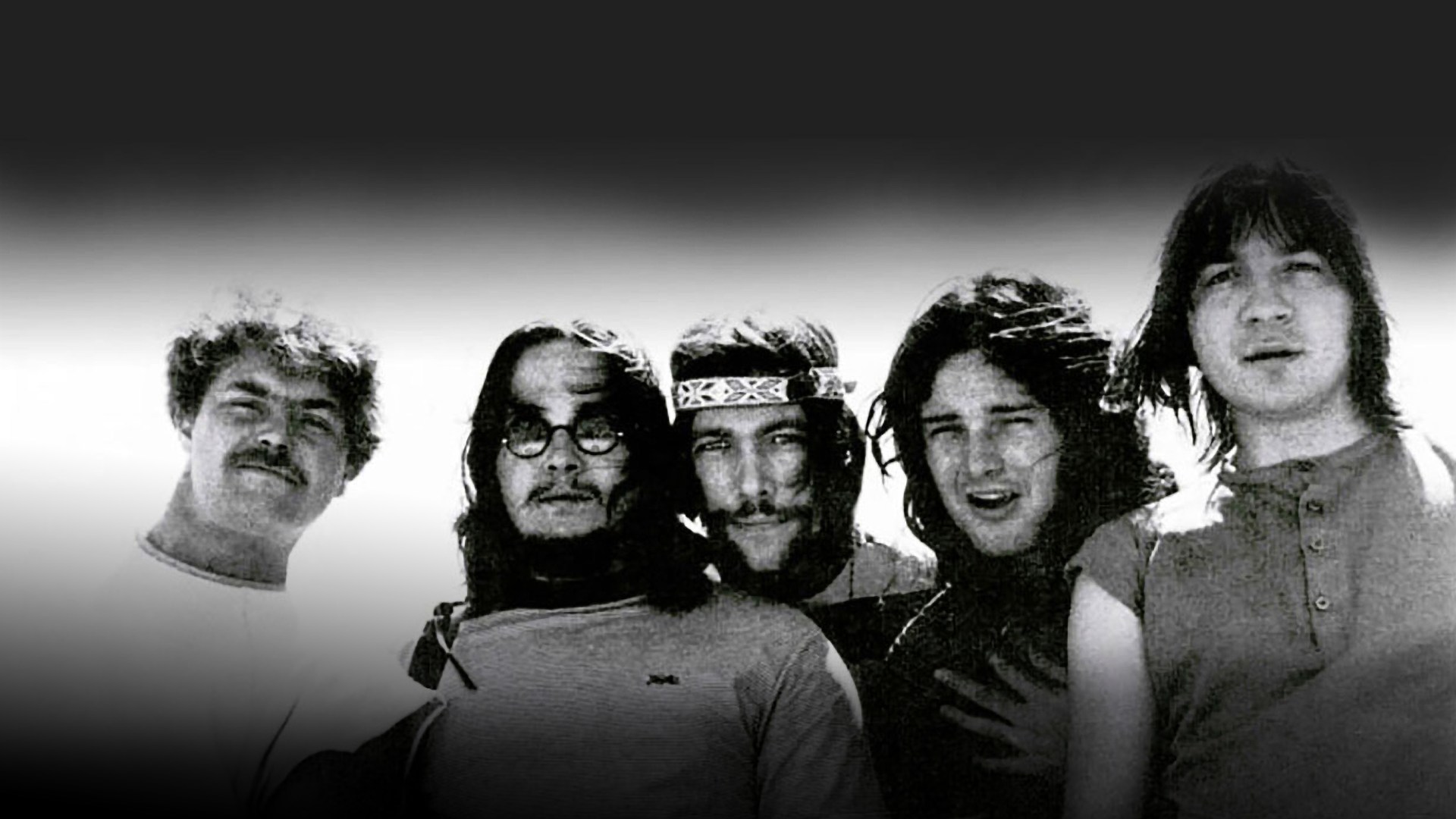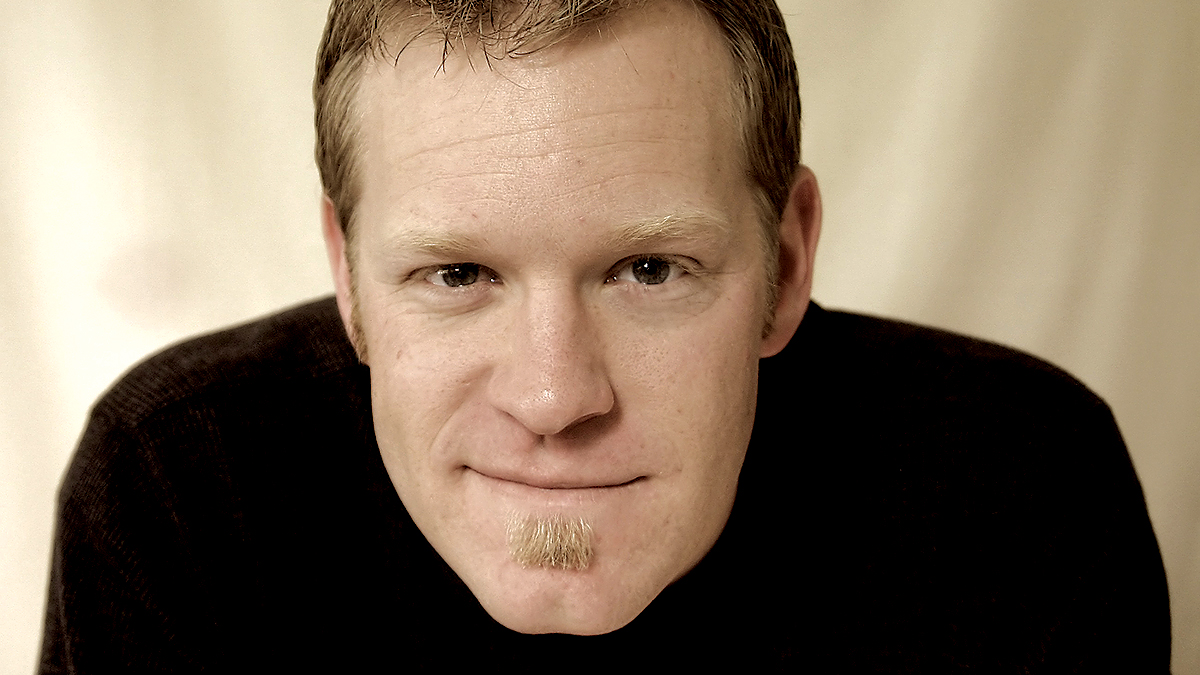After watching "Two Boats and a Helicopter," the third episode of The Leftovers—HBO's TV show about a small town in the wake of the Rapture—I wrote that the character at the center of the episode, the Reverend Matt Jamison, was "one of the more complex portrayals of a true believer who's losing his grip that I've seen in a while." Others I read and talked with agreed.

Two days later, I was seeing an advance screening of Calvary, which releases August 1, and has one of the best portrayals of a "good priest" that I've ever seen. (More on that to come.)
What makes both of these characters good, and real, is that they aren't just "good" ministers: they are also real people, with doubts and struggles and screw-ups. Yet they're not portrayed in a bad light, or as hypocrites. They are people who want to follow their calling, and who encounter difficulties. They have histories. They have weak spots. They even do things that are destructive.
But, importantly, they dwell among the messed-up people in their towns, living with them, talking to them, listening to their confessions. They are reviled and trusted, often by the same people. They have what the priest in Calvary calls "integrity," in the way that Christ did: not because they are blameless (they can't be—they're human), but because they falteringly give us a sense of what this means:
Since then we have a great high priest who has passed through the heavens, Jesus, the Son of God, let us hold fast our confession. For we do not have a high priest who is unable to sympathize with our weaknesses, but one who in every respect has been tempted as we are, yet without sin. Let us then with confidence draw near to the throne of grace, that we may receive mercy and find grace, that we may receive mercy and find grace to help in time of need.
We're used to seeing (and complaining about) bad portrayals of Christians, and especially clergy, on television. I've seen my fair share. A bad portrayal of a minister is one that "lacks integrity": the minister is portrayed as bad, or hypocritical, or a megalomaniac, or a predator, or even just all "good" in the most irrelevant wet-cardboard way—hopelessly out of touch with what parishioners need. (Unfortunately, this is often true of both Christian and non-Christian portrayals.)
This year, I've seen a number of leaders of Christian ministries that I was involved with as a child and a teen be exposed for abusing their congregants or their power. When I was younger, these people were held up as paragons of virtue and goodness; their "faults" were kept private. They were celebrities, in their way: a type of rockstar who got special treatment and reverence, those whom you dared not question.

I wonder sometimes how different this would be (or at least, if we'd ask "leaders" for more honesty) if we were accustomed to seeing better ministers on screen. So with that in mind, I asked some of my cinephile friends to come up with some examples of well-written onscreen Christian clergy from about the last ten years of TV and movies. The list isn't extensive, nor perfect, but it's a start. And some of the answers might surprise you.
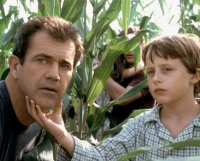
Mel Gibson as Rev. Graham Hess Signs (2002) Wade Bearden (@WadeHance)
As a pastor, I've always felt a connection to Mel Gibson's Graham Hess in Signs. In the film, Shyamalan asks the question, "What happens when the one who's supposed to minister, needs ministry himself?" Losing his faith after the violent death of his wife, Hess has abandoned his post as an Episcopal priest. Throughout the story, Hess wrestles with the idea that a good God can't exist in the midst of seemingly senseless suffering and death. But, just like Hess soon realizes humans are not alone in the universe, he too finds that even though God seems absent and silent, that doesn't mean he isn't quietly working in the background.

Mark Ruffalo as Father Joe Sympathy for Delicious (2010) Mark Moring
Mark Ruffalo was brilliant playing a morally conflicted priest on Skid Row in Sympathy for Delicious. His character is kind, compassionate, Christ-like toward the homeless. When a paralyzed man on Skid Row suddenly develops a supernatural ability to heal others (but not himself), Father Joseph (Ruffalo) sees an opportunity to raise much-needed money to grow his ministry. His motives seem to be pure, but when his paralyzed friend takes his "healing show" on the road and becomes something of a rock star miracle man, and as the money starts to pour in, Father Joseph's intentions become more muddied and muddled. It's a fascinating character study. I interviewed Ruffalo when the film released, and really appreciated his insights into this nuanced, conflicted character.
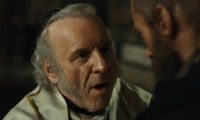
Colm Wilkinson as the Bishop Les Miserables (2012) Gina Dalfonzo (@ginadalfonzo)
Not only did he play the role of the sacrificial bishop beautifully, but it was such a nice touch to put the original stage Valjean in the role of the man who prompted Valjean's redemption. The film brought him back at the end to greet Valjean as he entered heaven—something that didn't happen in the stage show—which brought the whole story full circle.

Yasiin Bey (Mos Def) as Brother Sam Dexter (2006-2013) Alissa Wilkinson (@alissamarie)
The series about the serial killer Dexter has its high and low points when it comes to religion—though the whole series works well as a look at whether "badness" is in us from the start or whether it's a result of our circumstances, and at whether anyone is truly "innocent." That said, Yasiin Bey (who is, confusingly, credited by both that name and Mos Def in the series) in season six as Brother Sam, the ex-con turned minister to bad guys, is absolutely brilliant. Dexter at first mistrusts him because of his criminal past, but comes to believe, rightly, that he's the real thing. And Sam's life is a testimony to the possibility of hard-won redemption.
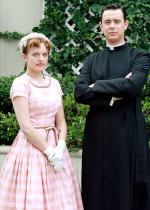
Colin Hanks as Father John Gill Mad Men (2007-present) Alissa Wilkinson (@alissamarie)
He pops up so early in the series that most people seem to have forgotten he was there at all, but the young, dynamic priest at Peggy's family's parish cares about his parishioners' sins and their lives outside the church building. I'll be honest: for his entire story arc, I was sure he was going to turn out to be one of the bad guys; there's rarely, if ever, an unmitigatedly righteous person in Mad Men. But it seems like he might have been one of the few.

Tom Wilkinson as Father Moore The Exorcism of Emily Rose (2005) S.L. Whitesell (@SLWhitesell)
Despite what the film's title might suggest, the star The Exorcism of Emily Rose is not a demon-possessed girl. No, the central character is Father Richard Moore (Tom Wilkinson), the consummate suffering servant. In the opening scenes, he is in the breach when the medical examiner tells Emily's family, "I cannot state conclusively that the cause of death was natural. Your daughter, she . . . " As the doctor trails off, Father Moore sees something unnatural in the family's yard. Cut to outside the courthouse, where reporters are asking Father Moore if he will plead guilty for the negligent homicide of Emily Rose. He won't. His lawyer tells him, "The district attorney doesn't like it when religion puts itself above the law."
And so begins the story of Father Moore, a man of God apparently contending with the wisdom and rulers of this world, but already having lost to the powers of another. In some way it is the story of the Christian faith (with less than perfect theology, to be sure), as the film itself acknowledged with a close-up, near the end, of Emily's gravestone: "WORK OUT YOUR OWN SALVATION WITH FEAR AND TREMBLING." Amen.

Richard Harris as Abbe Faria The Count of Monte Cristo (2002) Larisa Kline (@larisakline)
Edmond Dantes (Jim Cavizel) meets Abbe Faria when he is thrown in jail. Dantes is being framed and cannot figure out why. Abbe Faria sympathizes with Dantes and teaches him everything he knows. Their friendship enables them to begin to piece together who framed him and why.
Although it can be argued that Abbe Faria is the one who introduces Edmond Dantes to the concept of revenge, which he eventually imparts upon all who crossed him, Abbe Faria also helps Dantes return to his faith. When Dantes is complaining about how Abbe Faria cannot possibly understand the agony of sin, he gives him his ultimate line: "I'm a priest, not a saint."

Javier Bardem as Father Quintana To the Wonder (2012) Martyn Jones (@martynwendell)
Father Quintana (Javier Bardem) quietly suffers through a crisis of faith in Malick's To the Wonder, but by the movie's end, he remains frocked and at home within the Church. As other characters question their commitments to one another in order to pursue pleasures and fulfillment elsewhere, Quintana holds fast to his vocation, even when it seems as though God has disappeared from his life and absconded with his hope. Father Quintana is drawn to resemble other fathers faithful in their suffering; Father Latour from Willa Cather's Death Comes for the Archbishop comes to mind as a clear literary ancestor. May many more follow in their lineage.

Ron Glass as Shepherd Book Firefly (2002-2003) Martyn Jones (@martynwendell)
Gray-clad and gray-haired, Shepherd Book joins the crew of Serenity at the beginning of the series, and in the show's pilot episode he is already doing the Lord's work by upending pat assumptions about judgmental priestly mores held by other members of the crew. Warm, good-humored, and surprisingly reliable in high-stakes situations, Book has a mysterious past that gives him a subtle edge. Whedon has said of Book that part of his purpose for the character was to give "a voice for the other side." While none of the other characters would agree with Book's convictions, they respect Book and get along famously with him.
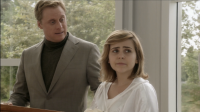
Alan Tudyk as Pastor Veal Arrested Development (2003- 2013) Cray Allred (@crayallred)
Ann Veal's dad on Arrested Development leads the cartoonish evangelical family that, in my view, is actually a clever nod to how clueless major film and TV are about ordinary Christians. The Veals call everything about the Bluths "secular" (with a spooky tone) and are laughably repressed. Meanwhile the Bluths are shocked that an evangelical could be attractive, and struggle to trade in the most basic Christian language (in reference to a necklace: "It's a cross." "Across from where?"). Ned Flanders is a fairly straightforward joke at do-gooder Christians' expense; I think pastor Veal is a parody of that common joke. My favorite moment is when Pastor Veal compromises his ministry to aid his daughter in getting married—he allows GOB to perform a televised resurrection illusion at the altar, which, of course, turns out to be a horrible idea.
Other entries receiving note from the past ten years were the monks from Of Gods & Men (2010), Athelstan the monk as portrayed by George Blagden in the television series Vikings (2013-present), Sam Childers as portrayed by Gerard Butler in Machine Gun Preacher (2011), and more. And you might check out a piece we published in 2003: "Good, Bad, and Ugly Christians in the Movies," by Jeffrey Overstreet.
This is, of course, not a comprehensive list. So who would be on yours?


